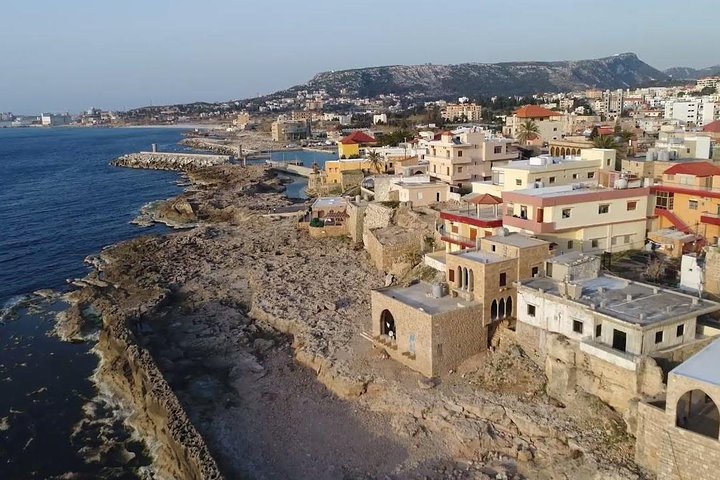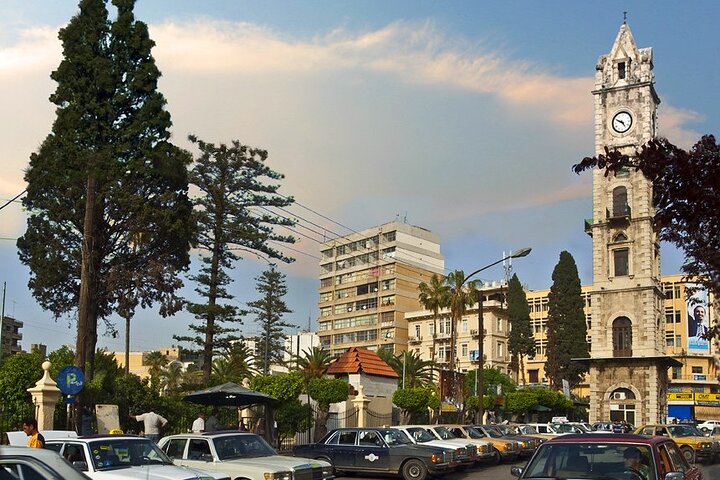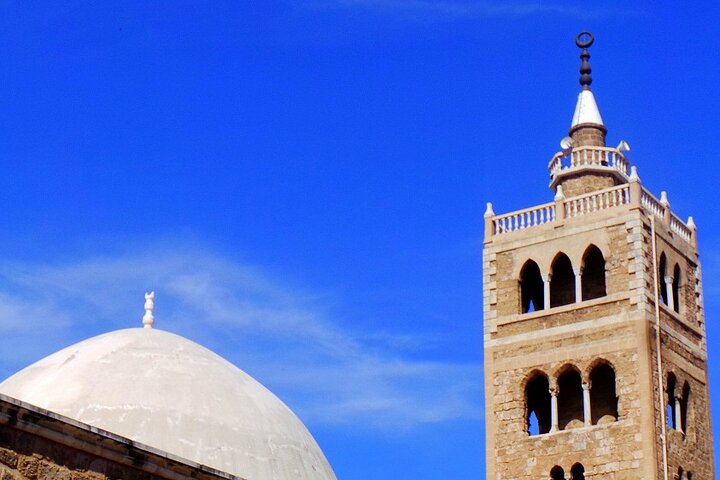Unveiling Lebanon’s Timeless Heritage: A Spiritual Journey Through Tripoli and Byblos
Embark on a spiritual journey through Lebanon’s storied cities of Tripoli and Byblos. Discover ancient citadels, vibrant souks, and the timeless charm of the Mediterranean as you delve into the rich tapestry of history and culture that defines this captivating region.
A Journey Through Time in Tripoli
As I embarked on the Tripoli and Byblos Tour with my family, I was filled with anticipation. Tripoli, a city that has stood the test of time, awaited us with its rich tapestry of history and culture. Our guide, Hassan, greeted us with a warm smile, and his enthusiasm was infectious. He was not just a guide; he was a storyteller, weaving tales of ancient civilizations and modern life that brought the city to life.
Our first stop was the Citadel of Saint Gilles, a fortress that has witnessed the rise and fall of empires. As we walked through its ancient corridors, I could almost hear the echoes of the past. The architecture, a blend of Fatimid, Crusader, Mamluke, and Ottoman influences, was a testament to the city’s diverse history. Hassan’s insights into the citadel’s past were enlightening, and I found myself reflecting on the resilience of the human spirit.
The Al Mansouri Mosque was our next destination. Built on the ruins of a Crusader cathedral, it stood as a symbol of transformation and continuity. The mosque’s architecture, with its blend of Western and Islamic elements, was a visual representation of the cultural exchanges that have shaped this region. As I stood in the courtyard, I felt a deep sense of connection to the generations that had come before me, each leaving their mark on this sacred space.
The Vibrant Heart of Tripoli
The souks of Tripoli were a sensory delight. As we wandered through the bustling markets, the air was filled with the scent of spices and the vibrant colors of textiles and crafts. The souks were more than just markets; they were a living museum of Tripoli’s rich heritage. Each stall told a story, from the tailors at Khan Al-Khayyatin to the soap makers at Khan el Masriyen.
Hassan guided us through the maze of alleys, sharing anecdotes about the trades and traditions that have been passed down through generations. It was here that we stopped for lunch, at a spot recommended by Hassan. The flavors of Lebanese cuisine, rich and aromatic, were a feast for the senses. As we dined, I felt a profound appreciation for the cultural tapestry that is Lebanon.
Our exploration of Tripoli concluded with a visit to the Hammam al-Jadid. Though no longer in operation, its faded grandeur spoke of a time when it was a hub of social life. The hammam, with its intricate architecture and historical significance, was a fitting end to our journey through Tripoli.
Byblos: A Living Testament to History
Our journey continued to Byblos, one of the world’s oldest continuously inhabited cities. The ancient port city welcomed us with its picturesque coastal setting and profound historical significance. As we strolled through the Old Souk, I was captivated by the blend of ancient and modern, where traditional handicrafts coexisted with contemporary Lebanese culture.
The Byblos Castle, perched majestically atop a hill, offered panoramic views of the Mediterranean coastline. Exploring its chambers and courtyards, I was transported back in time, imagining the battles and rulers that once shaped this coastal stronghold. The castle was a reminder of the enduring legacy of civilizations that have thrived on these shores.
Our final stop was the Byblos Port, a timeless gateway to history. As we walked along the harbor, lined with colorful fishing boats, I reflected on the maritime heritage that has been a lifeline for this city. The port, with its ancient docks and stone quays, was a testament to Byblos’ role in trade and cultural exchange.
As our day came to an end, I felt a deep sense of gratitude for the opportunity to explore Lebanon’s heritage. The Tripoli and Byblos Tour was more than just a journey through time; it was a spiritual pilgrimage that enriched my understanding of the region’s history and culture. I left with a renewed appreciation for the stories that connect us all, transcending time and place.




































